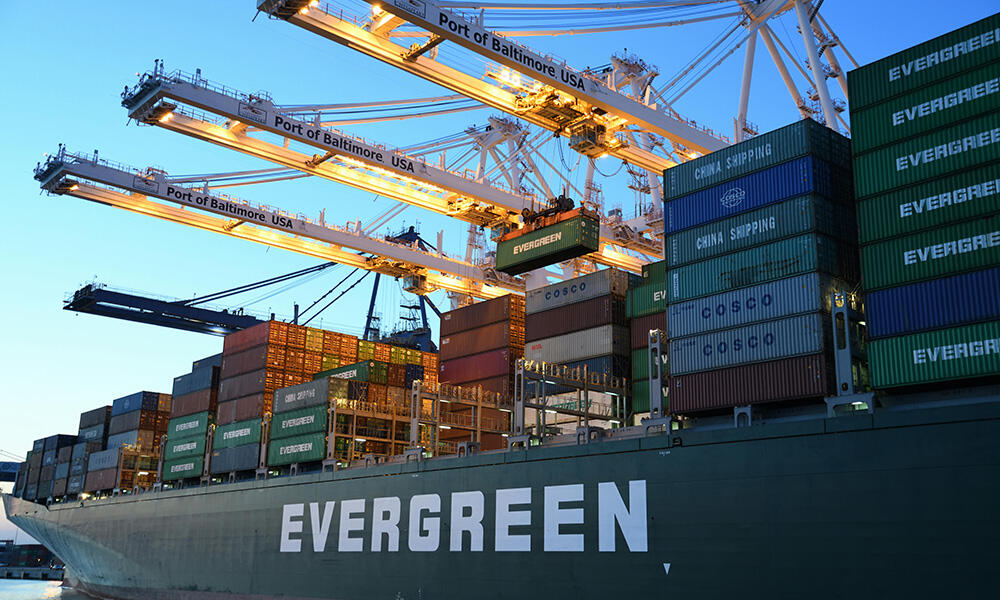The Fragility of Modern LTL Networks Without Visibility
Supply chain disruptions from invisible LTL shipments
In this era of Just-in-Time (JIT) inventory, LTL shipping networks are run with paper-thin margins - one undetected pallet can cause a domino effect failure. More than 34% of logistics professionals cite lack of shipment visibility as their number-one disruption trigger (Logistics Quarterly 2024). Without real-time tracking, distribution hubs cope with uncertainty, causing dock teams to re-route partially empty trucks, leading to the $12.7B annual waste in North America. The most severe effects are felt where perishable goods are transported, where un-tracked trailers contribute to 23% of losses in the cold chain (Supply Chain Insights 2024).
Real-time tracking as foundational risk mitigation
Visibility platforms turn hidden risks into managed risks." Uninterrupted GPS tracking allows Carriers to notify consignees of delays before trucks cross crucial pinch points, decreasing cross-dock dwell time by 18-32%. Combined with geofencing, these systems can automatically generate invoice corrections for failed service. According to an industry benchmark for 2024, shippers incorporating real-time tracking see a 41% reduction in customer disputes over freight claims making monitoring data actionable intelligence for supply chain flexibility.
Core Technologies Revolutionizing LTL Tracking
GPS Integration for Shipment Transparency
Modern LTL operations use GPS tracking to reduce transit delays by 28% through real-time geolocation updates (Descartes Systems Group 2023). The granular visibility enables carriers to reroute shipments around traffic bottlenecks, cutting urban idling time by 19%. Route optimization algorithms fed by GPS data achieve 14% higher asset utilization than traditional dispatch methods.
IoT Sensors Enabling Condition Monitoring
Industrial IoT devices now monitor 92% of high-value LTL cargo (Cold Chain Association). These sensors sample conditions every 30 seconds, triggering immediate alerts for temperature or vibration deviations. Pharmaceutical shippers using multi-sensor pallets report 63% fewer temperature excursions compared to legacy systems.
Blockchain for Unalterable Freight Audits
Distributed ledger technology resolves 84% of LTL billing disputes by creating immutable cargo handoff records (AAMVA 2023). Smart contracts automatically execute payments when carriers meet service-level indicators, reducing reconciliation workload by 310 hours monthly for mid-sized fleets while maintaining GDPR-compliant data controls.
Operational Impacts of Enhanced LTL Visibility
Fuel Cost Reduction Through Route Optimization
Real-time visibility tools cut fuel expenses by 12–18% through dynamic route adjustments (Green Logistics Institute 2024). Machine learning analyzes historical traffic patterns, optimizing for efficiency while maintaining delivery windows–one Midwest distributor slashed annual diesel costs by $240k using GPS-guided routing that minimized left turns.
AI-Driven Decision Making for Load Consolidation
Advanced platforms use AI to consolidate partial loads, achieving 23% higher trailer utilization (FreightTech Quarterly 2023). Algorithms cross-reference dimensions and destinations to reduce empty miles–a regional carrier eliminated 17% of routes through AI load matching, cutting 540 tons of CO₂ annually.
Exception Management via Real-Time Alerts
Proactive monitoring triggers instant alerts for 85% of potential delays before impacting delivery SLAs. One pharmaceutical provider reduced spoilage incidents by 62% using automated temperature alerts that dispatch backup refrigeration units.
Financial Case Study: LTL Visibility ROI
Quantifying cost savings in last-mile delivery
Real-time tracking slashes last-mile costs by 18-24%, with fleets reporting $7.20 saved per mile through reduced idling. Automated load consolidation decreases empty backhaul runs by 37%, translating to 21% lower fuel costs–for mid-sized operators moving 15k monthly shipments, this yields $2.4M annual savings from reduced detention fees and overtime.
Customer retention through delivery performance
Providers with real-time visibility achieve 92% on-time rates–19 points higher than non-adopters. This reliability drives loyalty: 83% of logistics managers cite delivery transparency as the primary factor in 3PL renewals.
The adoption paradox: High value, low implementation
Despite 3:1 ROI potential, only 38% of LTL carriers fully implement visibility platforms due to integration challenges. Early adopters recoup $162k implementation costs within 14 months through insurance premium reductions (17% decrease) and accelerated claims resolution.
Strategic Implementation of LTL Visibility Platforms
Integration frameworks for legacy systems
Middleware solutions using API-first architectures enable older WMS to exchange data with modern visibility platforms without costly overhauls. Modular upgrades–like adding IoT gateways to existing fleet sensors–reduce system downtime by up to 65% during transitions (Inbound Logistics 2025).
Data standardization across supply chain partners
End-to-end visibility demands unified protocols among shippers, carriers, and brokers. Organizations using standardized frameworks reduce invoice disputes by 42% and improve carrier collaboration scores by 29% year-over-year (Gartner 2024).
FAQ
What is LTL shipping?
LTL (Less than Truckload) shipping involves transporting smaller freight shipments that do not require the full space of a truck.
How does real-time tracking benefit LTL shipping?
Real-time tracking provides visibility into shipment locations and conditions, reducing delays, improving customer satisfaction, and optimizing routes and load consolidation.
What technologies are used for LTL visibility?
Key technologies include GPS for geolocation, IoT sensors for condition monitoring, and blockchain for unalterable freight audits.
Why haven't more LTL carriers implemented visibility platforms?
Integration challenges and the cost of upgrading legacy systems are primary reasons why many carriers have yet to fully adopt visibility platforms.

